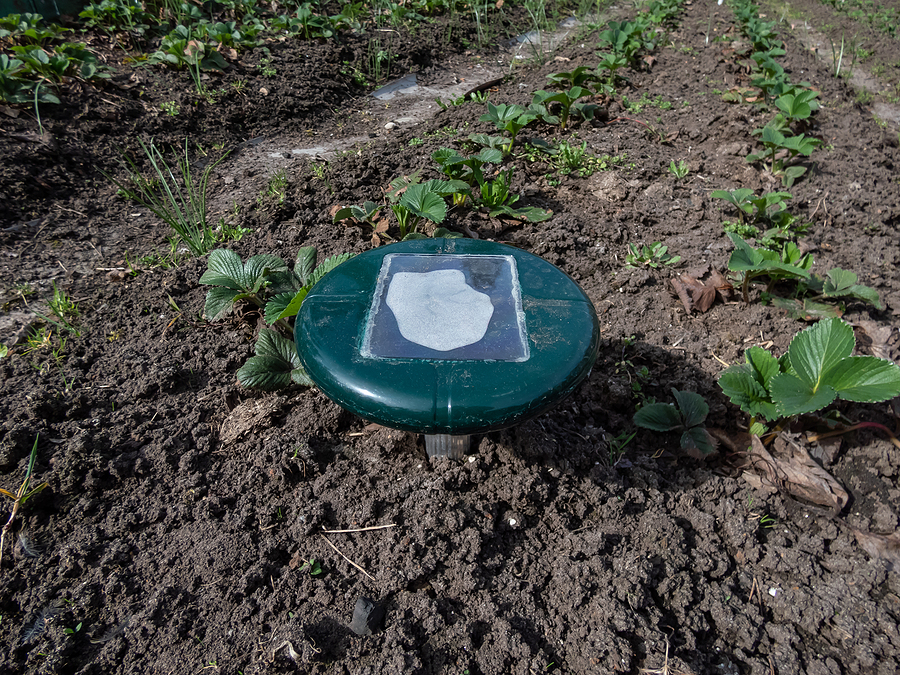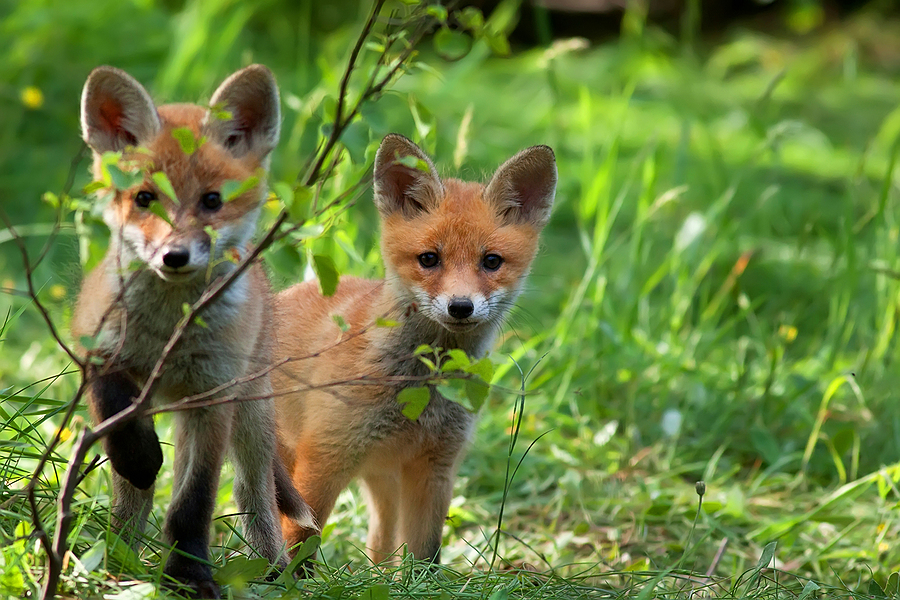Discovering a network of raised tunnels and unsightly molehills across your pristine lawn can be incredibly frustrating. These small, underground mammals may seem harmless, but their relentless digging can transform a beautiful yard into an eyesore while potentially creating safety hazards for your family and guests.
Moles aren’t just a cosmetic problem—they can undermine walkways, damage root systems, and create unstable ground that poses tripping risks. The good news is that effective mole control is entirely achievable when you understand their behavior and implement the right strategies.
This comprehensive guide will walk you through everything you need to know about yard mole removal, from identifying their activity to implementing humane and effective control methods that protect both your property and these fascinating creatures.

Understanding Mole Behavior and Habits
Moles are remarkable underground engineers, but their lifestyle often puts them at odds with homeowners. These solitary creatures are active year-round, though you’ll notice their activity most during spring and fall when they create more surface tunnels in search of food.
Understanding their behavior is crucial for effective mole control. Moles have poor eyesight but compensate with an exceptional sense of smell and touch, allowing them to navigate their underground world with precision. They primarily feed on earthworms, grubs, and various soil insects—not your plant roots, as many people mistakenly believe.
Each mole creates an intricate tunnel system consisting of two distinct types: shallow feeding tunnels just below the surface where they hunt for food, and deeper permanent tunnels used for travel and nesting. These deeper tunnels can extend 12-18 inches underground and serve as their highway system.
Perhaps most importantly for homeowners, moles are territorial animals. Typically, only one or two moles occupy a single yard, meaning that extensive tunnel damage often comes from just a few individuals working tirelessly to maintain their territory.
Identifying Mole Activity in Your Yard
Recognizing mole activity early allows for more effective intervention. The most obvious signs include raised ridges across your lawn where moles have created shallow feeding tunnels. These ridges often feel spongy underfoot and may cause the grass above to die due to root separation.
Molehills represent another clear indicator—small, volcano-shaped mounds of soil that appear seemingly overnight. Unlike gopher holes, molehills don’t have visible openings at the surface, as moles seal their tunnel entrances to maintain optimal underground conditions.
You might also notice areas where your lawn feels soft or unstable, particularly after periods of rain when tunnel systems become more pronounced. Fresh mole activity typically shows loose, dark soil that appears different from the surrounding earth.
Preventative Measures for Long-Term Success
Make Your Yard Less Attractive to Moles
The most effective approach to mole control combines multiple strategies, starting with making your yard less attractive to these underground visitors. Proper lawn maintenance plays a crucial role in mole deterrents by reducing their food sources.
Reduce Food Sources
Regular aeration helps create conditions that are less favorable for the grubs and insects moles prefer. Additionally, maintaining proper drainage reduces the moist soil conditions that support earthworm populations—a primary food source for moles.
Adjust Your Watering Schedule
Consider adjusting your watering schedule to avoid overwatering, which creates ideal hunting conditions for moles. Deep, infrequent watering encourages deeper root growth while making the surface soil less appealing to moles’ prey.
Install Underground Barriers
Installing underground barriers made of hardware cloth can provide long-term protection for specific areas like flower beds or newly planted gardens. These barriers should extend at least 12 inches deep and 6 inches above ground to be effective.
Contact Us for Professional Mole Control 🐛
Humane and Effective Mole Control Methods
Repellents
Professional wildlife removal services recommend starting with the most humane approaches before considering more invasive methods. Castor oil-based mole repellents like MoleMax or Mole Scram work by disrupting moles’ digestive systems, encouraging them to relocate without causing harm.
These granular repellents should be applied evenly across the affected area and watered in thoroughly for maximum effectiveness. Reapplication every 4-6 weeks maintains their deterrent properties, especially after heavy rainfall.
Live Traps
For immediate results, humane mole traps such as the Wire Tek Easy Set Mole Trap or the Cinch Trap can capture moles for relocation. These traps must be checked daily, and captured moles should be relocated at least 5 miles away to prevent their return. Always handle trapped moles carefully and release them in suitable habitat away from residential areas.
Sonic Repellers
Solar-powered sonic repellers like the Aspectek Solar Mole Repeller emit vibrations that many moles find irritating. While effectiveness varies depending on soil conditions, these devices offer a completely hands-off approach that some homeowners find successful.
Predator Wildlife
Creating an environment that attracts natural predators represents another humane long-term strategy. Installing owl boxes, maintaining brush piles for snake habitat, and avoiding pesticides that might harm hawks and other raptors can help establish natural mole control.
When to Call Professional Wildlife Removal
While DIY methods can be effective, persistent mole problems often require professional intervention. Smoky Wildlife Control specializes in humane yard mole removal throughout the Greater Nashville Area, offering comprehensive solutions that address both immediate concerns and long-term prevention.
Professional animal removal services bring expertise in identifying the specific mole species, understanding their tunnel patterns, and implementing targeted control strategies that maximize effectiveness while minimizing environmental impact. They also ensure compliance with local wildlife regulations and humane treatment standards.
Before attempting any control methods, check with your local wildlife authority or municipality regarding specific regulations on mole trapping and removal. Certain areas may restrict chemical repellents or require permits for trapping, and environmental protection regulations vary by region.
Conclusion
Successful mole control requires patience, persistence, and often a combination of approaches tailored to your specific situation. Remember that these remarkable creatures play important ecological roles, so control methods should always prioritize humane treatment and environmental responsibility.
Regular monitoring of your yard allows for early intervention when mole activity returns, making control efforts more effective and less intensive. By understanding mole behavior and implementing appropriate prevention strategies, you can maintain a beautiful, safe yard while respecting wildlife.
Don’t let mole damage compromise your property’s safety and appearance any longer. Contact Smoky Wildlife Control today for a free mole control estimate and discover how professional expertise can restore your yard’s beauty while ensuring humane treatment of these fascinating underground neighbors.
Related Post: Say Goodbye to Molehills: Essential Tips for Lawn Care and Yard Mole Removal









